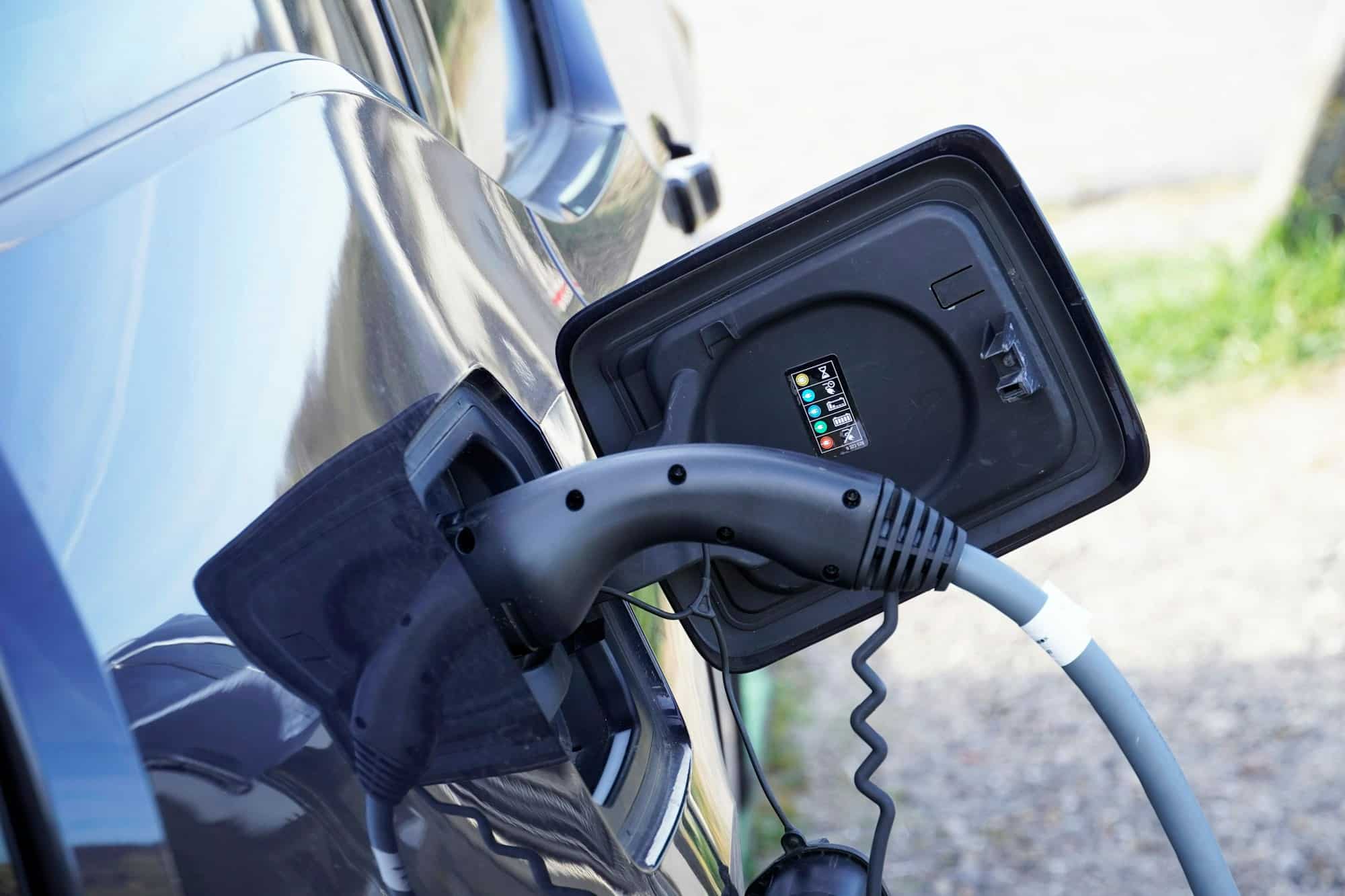In the bustling realm of the UK transport industry, understanding the correct procedures for securing a load in a pickup truck is a crucial aspect of maintaining road safety. This guideline serves to provide a comprehensive understanding of the importance of load securement, the strategies for achieving it, and the potential risks associated with improper loading and unloading of goods.
Importance of Proper Load Securing
Safely securing a load in a vehicle is not merely a question of convenience but of utmost importance for the safety of road users. It is the driver’s responsibility to ensure that the cargo they carry does not pose a risk to other drivers, pedestrians, or themselves.
Have you seen this : What are the legal steps required to import a vintage car from Europe into the UK post-Brexit?
Haphazardly loaded goods can create precarious situations that lead to road accidents. Unsecured or poorly secured loads can shift during transit, destabilising the vehicle and making it harder to control. This could result in serious accidents, especially at high speeds or in challenging driving conditions.
Furthermore, an improperly secured load can fall onto the road, creating hazards for following drivers and leading to costly delays, damage or, in worst-case scenarios, injuries or fatalities. Thus, understanding and correctly implementing load securement techniques is essential for the safety of all road users.
Also to read : How do you calculate the total cost of ownership for a high-mileage used car in the UK?
Understanding Load Weight and Cargo Type
Before securing any load, it’s crucial to understand the weight and type of the goods that will be transported. Every vehicle has a maximum load weight that it can safely carry. Overloading a vehicle can cause damage to the vehicle and make it more difficult to control on the road.
The type of cargo also influences the method of securement. For example, a load of bricks will require different securing techniques compared to a load of furniture.
For instance, heavy, solid items like bricks or machinery might need heavy-duty ratchet straps or chains to hold them in place. On the other hand, lighter, more fragile items like furniture might require padding and lighter, more flexible straps.
Load Securing Techniques
Securing a load in a pickup truck involves strategically placing the goods and using securement devices like straps, chains, or braces to prevent movement during transit. Here are a few key techniques that you should implement.
First, distribute the weight of the load evenly across the bed of the truck. An unevenly distributed load can affect the vehicle’s balance and make it more difficult to control.
Next, use appropriate securement devices. Ratchet straps are a common choice for many loads, as they can be tightened to secure the load firmly. Chains and binders may be necessary for heavier loads, while braces or bars can be useful for preventing movement of smaller items.
Lastly, ensure that all loose items are secured. Even small items can become hazardous if they fall from the vehicle onto the road.
Thoroughly Checking Your Load
After loading and securing your cargo, you should always conduct a comprehensive check to ensure everything is as it should be. This is not a step to be overlooked or rushed. A thorough check can spot any potential issues before they become real problems on the road.
Start by checking the overall weight of your load. Make sure it doesn’t exceed the legal limit for your vehicle. Next, check the distribution of your load. It should be as even as possible to maintain good vehicle stability.
Inspect all the securement devices you’ve used. Straps and chains should be tight and in good condition. If you notice any wear or damage to your securement devices, replace them immediately.
Lastly, check all around your vehicle to make sure no items are protruding dangerously or likely to fall off once you hit the road.
Unloading Safely
Once you’ve reached your destination, the task isn’t over. Unloading needs to be done just as carefully as loading to ensure safety.
Always unload on a flat, stable surface to prevent goods from rolling or moving unexpectedly. If you have used straps or chains to secure your load, release them carefully to prevent the goods from moving suddenly.
Remember to practice safe lifting techniques when removing goods from the vehicle, especially when dealing with heavy or bulky items. A little extra time and care during unloading can prevent accidents and injuries.
In conclusion, properly securing loads in pickup trucks is a critical part of road safety. It’s a task that requires understanding, care, and attention to detail. By following these guidelines, you can ensure that you’re doing your part to keep the UK’s roads safe for everyone.
Legal Responsibilities and Penalties
It’s important for drivers and vehicle operators to comprehend that they have legal responsibility regarding load securing. This responsibility is stipulated in the UK Highway Code (Rule 98), the Road Vehicles (Construction and Use) Regulations 1986 and the Health and Safety at Work Act 1974.
Failure to ensure load security can have legal implications. The driver, the vehicle operator, and even the consignor of the goods may face prosecution if the load is not secure. Penalties can range from fines to imprisonment in serious cases, particularly if the unsecured load leads to an accident causing injury or death.
Furthermore, the Driver and Vehicle Standards Agency (DVSA) can issue prohibitions preventing the use of the vehicle until the load is properly secured. In addition, insurance coverage may be invalidated if an accident occurs due to an improperly secured load.
Compliance with the unladen weight and gross weight of the vehicle, as well as proper securement of the load, is not only a legal requirement but also a moral obligation to ensure the safety of all road users.
Utilising the Load Bed and Anchor Points
One of the essential aspects of securing loads is effectively utilising the load bed and the anchor points of the pickup truck. The load bed is the flat surface on which goods are placed. The anchor points are the locations on the vehicle where ratchet straps or chains can be attached to secure the load.
The load bed should be clear of any debris or loose objects before the load is placed. It’s also crucial to ensure that the load bed is in good condition. A damaged or uneven surface can lead to the load moving during transport.
Anchor points are crucial in load securing. They provide the locations where the ratchet straps or chains can be attached to hold the load in place. These points need to be strong enough to withstand the forces that might be exerted on them during transit.
It is always necessary to use more than one anchor point to secure the load. Distributing the load’s weight among multiple anchor points can help prevent the load from shifting and maintain the balance of the vehicle.
Conclusion
Understanding and implementing proper load securing techniques in a pickup truck is a significant responsibility for any driver or vehicle operator. Not only is it a matter of legal compliance, but it’s also a crucial aspect of maintaining safety on the national highways.
By understanding the weight and type of cargo, using appropriate load securing devices such as ratchet straps, and effectively utilising the load bed and anchor points, it is possible to ensure a secure load. Furthermore, a thorough check of the load and cargo securement devices before hitting the road, and unloading safely, can significantly reduce the risk of accidents.
Remember: Load securing is not just about preventing your cargo from damage; it’s about protecting yourself, your vehicle, and everyone else on the road. So, next time you are tasked with securing loads, take a moment to ensure you’re following these guidelines. You’re not just meeting a legal obligation; you’re contributing to the health and safety of our roads.











